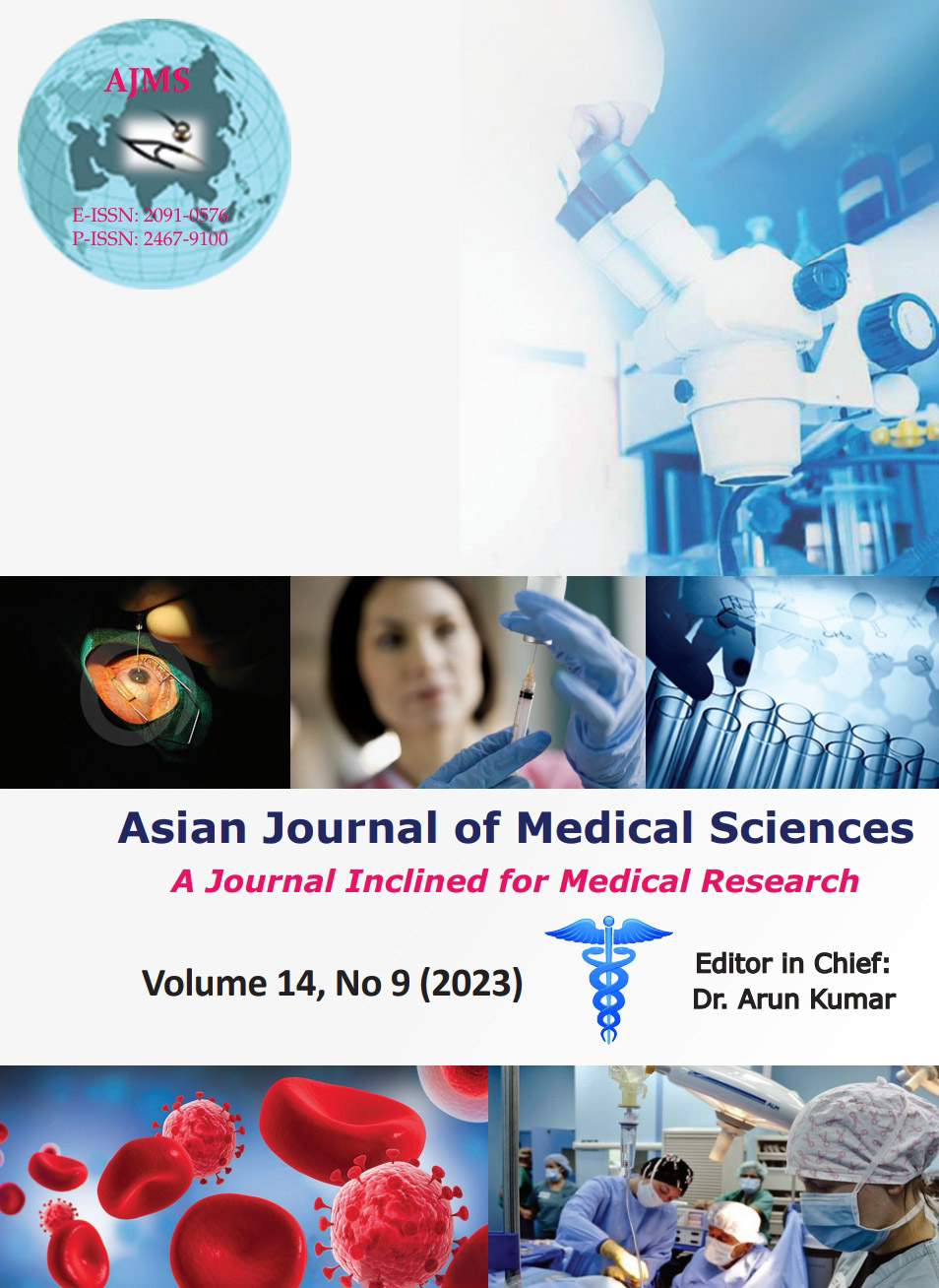To evaluate the analgesic efficacy of intravenous dexamethasone as an adjuvant to caudal block: A prospective, randomized, double-blind study
Keywords:
Post-operative pain; Caudal block; Analgesic efficacy; Duration of analgesiaAbstract
Background: Post-operative pain is of great concern in pediatric age group. Intravenous dexamethasone has been found to be promising in reducing post-operative pain when administered as an adjuvant to epidural anaesthesia in abdominal and orthopedic surgeries. However, little is known about its efficacy in children receiving caudal block for post-operative pain relief.
Aims and Objectives: This study aimed to evaluate the analgesic efficacy of intravenous dexamethasone as an adjuvant to caudal block in children posted for infraumbilical surgeries.
Materials and Methods: This interventional, double-blinded, randomized controlled study included 110 children aged 1–5 years with American Society of Anesthesiologists Grade I and II undergoing elective infraumbilical surgeries. To test our hypothesis, the superiority of intravenous dexamethasone was compared with the control group. All children received caudal bupivacaine 0.25% (1 mL/kg). Children were randomly allocated to two groups to receive: normal saline 0.075 mL/kg (Group C) and IV dexamethasone 0.3 mg/kg (0.075 mL/kg) (Group D). Post-operative pain scores (Face, Legs, Activity, Cry, and Consolability [FLACC] score), duration of analgesia, post-operative analgesic consumption, and intraoperative hemodynamics were compared.
Results: FLACC score was found to be higher in Group C than Group D at all times. The mean FLACC score was significantly less with the study drug compared to the control group (P<0.001). The time to request for first rescue analgesia was significantly less in Group C as compared to Group D (4.01±0.69 h vs. 5.51±0.50 h, P=0.019). The mean total analgesic consumed in the first 24 h was significantly higher in Group C than in Group D (666.09±174.69 mg vs. 384.55±125.04 mg, P=0.015). Hemodynamic parameters were comparable in both the groups.
Conclusion: Intravenous administration of dexamethasone 0.3 mg/kg as an adjunct to caudal bupivacaine 0.25% provides significantly longer duration of post-operative analgesia and lesser total analgesic consumption compared to the use of caudal bupivacaine 0.25% alone.
Downloads
Downloads
Published
How to Cite
Issue
Section
License
Copyright (c) 2023 Asian Journal of Medical Sciences

This work is licensed under a Creative Commons Attribution-NonCommercial 4.0 International License.
Authors who publish with this journal agree to the following terms:
- The journal holds copyright and publishes the work under a Creative Commons CC-BY-NC license that permits use, distribution and reprduction in any medium, provided the original work is properly cited and is not used for commercial purposes. The journal should be recognised as the original publisher of this work.
- Authors are able to enter into separate, additional contractual arrangements for the non-exclusive distribution of the journal's published version of the work (e.g., post it to an institutional repository or publish it in a book), with an acknowledgement of its initial publication in this journal.
- Authors are permitted and encouraged to post their work online (e.g., in institutional repositories or on their website) prior to and during the submission process, as it can lead to productive exchanges, as well as earlier and greater citation of published work (See The Effect of Open Access).




